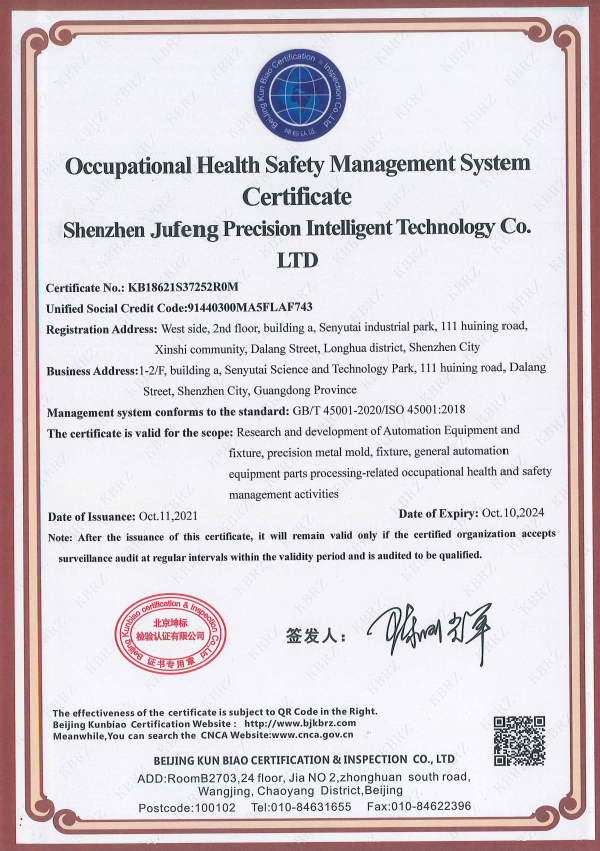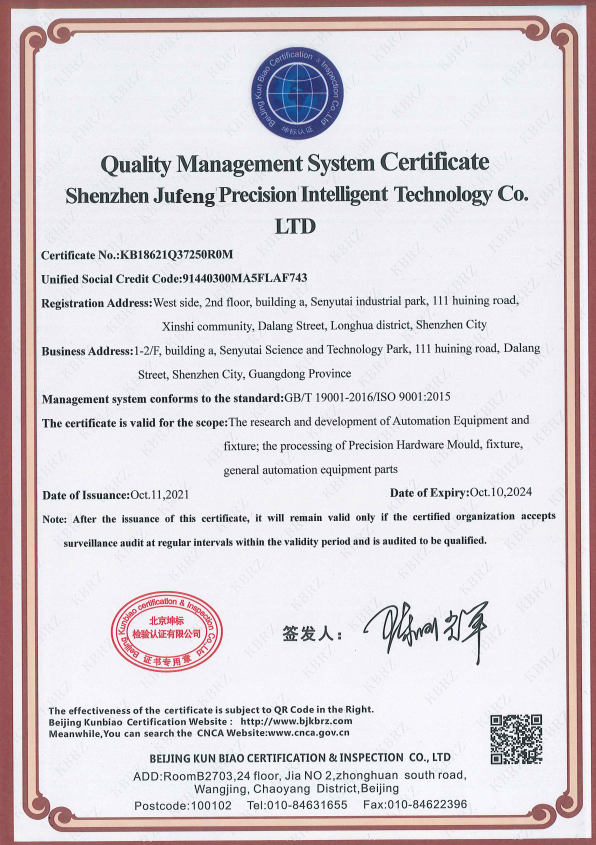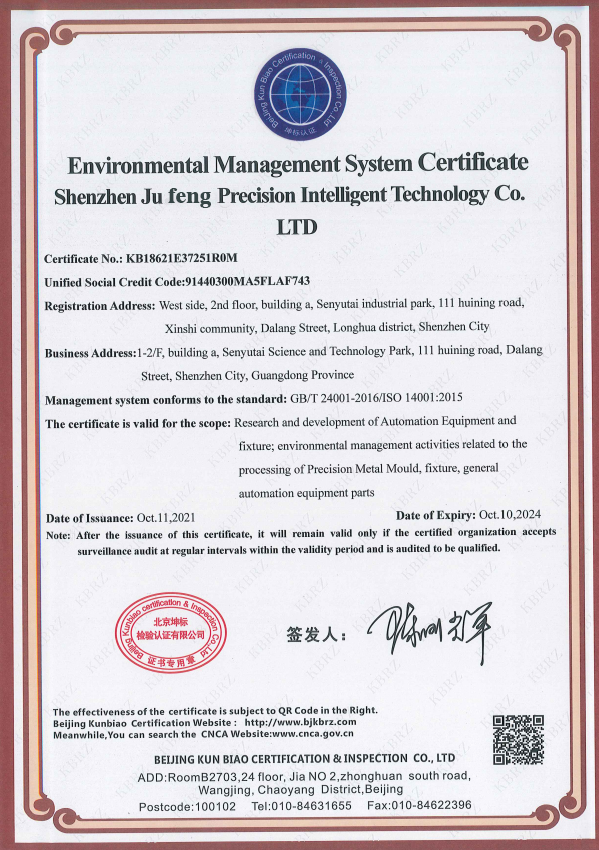News
Maximize Your Cutting Efficiency with the Ideal Large Processing Fixture for Sheet Metal
Maximize Your Cutting Efficiency with the Ideal Large Processing Fixture for Sheet Metal
Table of Contents
- 1. Introduction: The Importance of Cutting Efficiency
- 2. Understanding Large Processing Fixtures
- 3. Benefits of Using Large Processing Fixtures
- 4. Types of Large Processing Fixtures for Sheet Metal
- 5. Key Features of Effective Processing Fixtures
- 6. How to Select the Right Large Processing Fixture
- 7. Maintenance Tips for Longevity
- 8. Real-World Success Stories
- 9. Frequently Asked Questions
- 10. Conclusion: Invest in Efficiency
1. Introduction: The Importance of Cutting Efficiency
In the world of industrial manufacturing, **cutting efficiency** is not merely a goal; it is a necessity. The demand for precision and speed increases as industries strive to optimize production processes. To achieve these goals, utilizing the right tools and equipment is crucial. Among these, **large processing fixtures for sheet metal** stand out as significant contributors to improving cutting efficiency. By ensuring stable and accurate positioning of the workpiece, these fixtures enable manufacturers to achieve higher productivity, reduce waste, and enhance overall product quality.
2. Understanding Large Processing Fixtures
Large processing fixtures are specialized devices designed to hold and support workpieces during machining operations. They ensure that the material is securely positioned, allowing for precise cuts. Understanding how these fixtures function and their impact on the cutting process is vital for any manufacturing operation aiming to improve efficiency.
Fixtures can vary significantly in design and functionality, but they all share the common goal of enhancing the machining process. By providing stability and alignment, they minimize errors and ensure that each cut is made with the utmost precision.
3. Benefits of Using Large Processing Fixtures
Utilizing large processing fixtures for sheet metal brings numerous advantages:
1. **Enhanced Accuracy**: Fixtures hold workpieces in place, reducing the likelihood of movement during the cutting process. This results in more precise cuts and higher quality products.
2. **Increased Productivity**: With workpieces securely held, operators can focus on the cutting process without worrying about repositioning. This leads to faster production times.
3. **Reduced Setup Time**: Large fixtures allow for quicker setups between jobs. This is particularly beneficial in environments where multiple jobs are processed in a single day.
4. **Lower Material Waste**: By ensuring accurate cuts, fixtures help minimize scrap material, contributing to more cost-effective operations.
5. **Improved Safety**: Properly secured workpieces reduce the risk of accidents in the workplace, enhancing overall safety for operators.
4. Types of Large Processing Fixtures for Sheet Metal
There are various types of large processing fixtures tailored to different applications. Understanding these types can help you select the best option for your needs.
4.1. Custom Fixtures
Custom fixtures are designed specifically for unique machining operations. While they may involve higher initial costs, they often provide the best efficiency and accuracy for specialized tasks. By tailoring the fixture to specific workpieces, manufacturers can optimize their cutting processes.
4.2. Standard Fixtures
Standard fixtures are off-the-shelf solutions that can handle a wide range of workpieces. They are often more cost-effective and can be quickly implemented into existing workflows. However, they may not provide the same level of precision as custom solutions.
4.3. Automated Fixtures
Automated fixtures incorporate advanced technology to streamline the machining process further. These fixtures can adjust automatically to different workpieces, reducing manual intervention and improving efficiency. They are a great investment for high-volume operations.
5. Key Features of Effective Processing Fixtures
When selecting a large processing fixture for sheet metal, certain features are essential to consider:
1. **Material Strength**: The fixture should be made from durable materials that can withstand the rigors of machining processes.
2. **Adjustability**: Fixtures that can be easily adjusted allow for flexibility in handling various workpieces.
3. **Precision Design**: Look for fixtures with design features that enhance accuracy, such as locating pins and clamps.
4. **Ease of Use**: A user-friendly design is crucial for minimizing setup times and ensuring operators can quickly adapt to new tasks.
5. **Compatibility**: Ensure the fixture is compatible with the existing machinery and tools in your operation.
6. How to Select the Right Large Processing Fixture
Selecting the ideal large processing fixture involves several key considerations:
1. **Assessment of Workpieces**: Understand the size, shape, and material of the workpieces you will be processing. This information is critical in determining the type of fixture needed.
2. **Machining Requirements**: Consider the specific machining processes that will be used, such as cutting, drilling, or welding, as these will influence fixture design.
3. **Production Volume**: Higher production volumes may justify the investment in custom or automated fixtures, while lower volumes might benefit from standard solutions.
4. **Budget Constraints**: Determine your budget for fixtures, balancing the need for quality with cost-effectiveness.
5. **Future Growth**: Consider the potential for future expansion or changes in production that may affect your fixture needs.
7. Maintenance Tips for Longevity
Proper maintenance of large processing fixtures is essential for maximizing their lifespan and ensuring continued efficiency. Here are some tips to keep them in top condition:
1. **Regular Cleaning**: Remove debris and chips after each use to prevent wear and tear.
2. **Inspection**: Perform routine checks for any signs of damage or wear, addressing issues promptly to avoid larger problems.
3. **Lubrication**: Keep moving parts well-lubricated to reduce friction and wear.
4. **Calibration**: Regularly calibrate fixtures to ensure they maintain precise alignment.
5. **Storage**: Store fixtures in a clean, dry environment to prevent corrosion and damage.
8. Real-World Success Stories
To further illustrate the impact of large processing fixtures, let's explore a few case studies of companies that improved their cutting efficiency through strategic investments in fixtures.
**Case Study 1: Automotive Manufacturer**
An automotive manufacturer faced challenges with precision cutting in their assembly line. By investing in custom large processing fixtures, they improved accuracy by 25%, reduced scrap material by 15%, and saw a significant increase in overall production speed.
**Case Study 2: Aerospace Component Supplier**
A supplier of aerospace components transitioned from standard fixtures to automated solutions. This change led to a 30% reduction in setup times and an increase in output by 40%, allowing them to meet growing demand without compromising quality.
**Case Study 3: HVAC Equipment Producer**
A company producing HVAC equipment utilized large processing fixtures to address alignment issues during cutting. The result was a substantial decrease in error rates, which improved product reliability and customer satisfaction.
9. Frequently Asked Questions
**Q1: What materials are commonly used for large processing fixtures?**
A1: Common materials include steel, aluminum, and high-density plastics, chosen for their strength and durability.
**Q2: How do I know if I need a custom fixture?**
A2: If your production involves specific shapes, sizes, or complex machining requirements, a custom fixture may be necessary for optimal efficiency.
**Q3: Can large processing fixtures be used with different machines?**
A3: Many fixtures are designed for compatibility with various machines, but it is essential to verify compatibility before purchasing.
**Q4: What is the average lifespan of a large processing fixture?**
A4: With proper maintenance, a large processing fixture can last for many years, often exceeding a decade of reliable service.
**Q5: How can I train my team to use processing fixtures effectively?**
A5: Providing thorough training on fixture setup, operation, and maintenance will empower your team to use the equipment efficiently and safely.
10. Conclusion: Invest in Efficiency
Investing in the right large processing fixture for sheet metal is a fundamental step in maximizing cutting efficiency. By understanding the various types of fixtures, their benefits, and the key features to look for, manufacturers can make informed decisions that lead to increased productivity and reduced waste. The case studies presented illustrate the tangible benefits that come from investing in quality fixtures. As industries continue to evolve, ensuring that your cutting processes are optimized with the right tools is more important than ever. Now is the time to enhance your operations and reap the rewards of improved efficiency.




